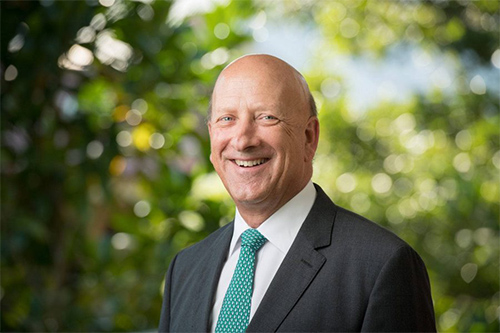
Multiple studies have been done on how big an influence workplace culture is on staff engagement, performance and productivity.
For any principal, making sure that their school’s values resonate with the culture they’re building can mean the difference between consistency and chaos.
At Matthew Flinders Anglican College (MFAC), principal Stuart Meade is taking an approach that puts positivity first.
Below, The Educator speaks to Meade about how this culture is strengthening the College’s core values of safety, happiness and mutual respect for its students and staff.
TE: Drawing from your experience as principal of Matthew Flinders Anglican College, what kind of culture did you set out to establish, and how did you achieve the staff and community buy-in necessary to make this happen?
SM: When a principal walks into a school, they need to understand the prevailing culture. To attempt to impose one’s own beliefs and values from Day 1 will not end well. Each school has its own context, traditions and rituals which contribute to the culture of the place. You have to listen, to ask questions and to dismiss any preconceived ideas you may hold. You need to find like-minded staff in the first instance and develop a blueprint of what is required and what will work. This takes time as you earn trust among the community.
TE: Generally, how should school leaders go about establishing a positive and productive culture? Is there a formula that you believe works best, or is this something that is dependent on a given school’s own unique makeup?
SM: I am not sure there is a ‘formula’ that will work in each and every situation. However, an acceptance of core values goes a long way in establishing the culture in a school. Further to this point, the values must be understood and lived by students, staff and parents if the culture is to be embedded across the organisation. Without this, the desired culture may exist in pockets but will not be school-wide. There is a wonderful analogy that culture is like a water lily: the flowers and leaves that are visible on the surface do not define the plant; it is the structure of the plant below the surface, the water in which it survives and the processes that feed it, that makes the lily what it is. The values which lie beneath the identified culture is what keeps it strong.
TE: Looking ahead, in what ways might shifting demographics and technology influence the way a principal goes about implementing a culture?
SM: Once the culture is established, shifting demographics should not change it. The values underpinning the culture will remain and a population which joins the organisation will need to be ‘on board’ with these values or they will feel ‘out of step’ with the rest of the school community. Technology is a slightly different case as the effects are omnipresent and the way society embraces technology can be pervasive to any culture. Again, if the school’s culture is strong, such changes can be incorporated without causing the place to go into meltdown. If, for example, the changing use of technology dictates that phone communication, so important to building meaningful relationships between families and the school, are replaced by email communication, so be it. A strong culture of relationship building can be retained.


